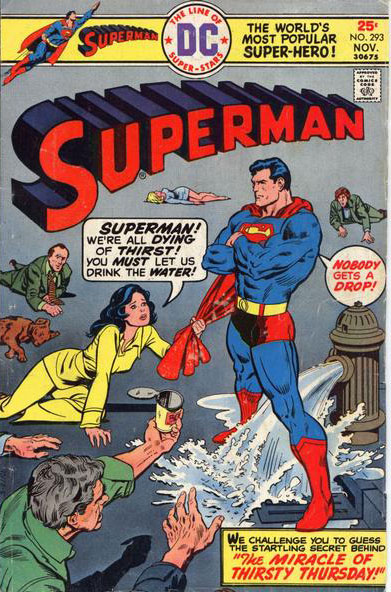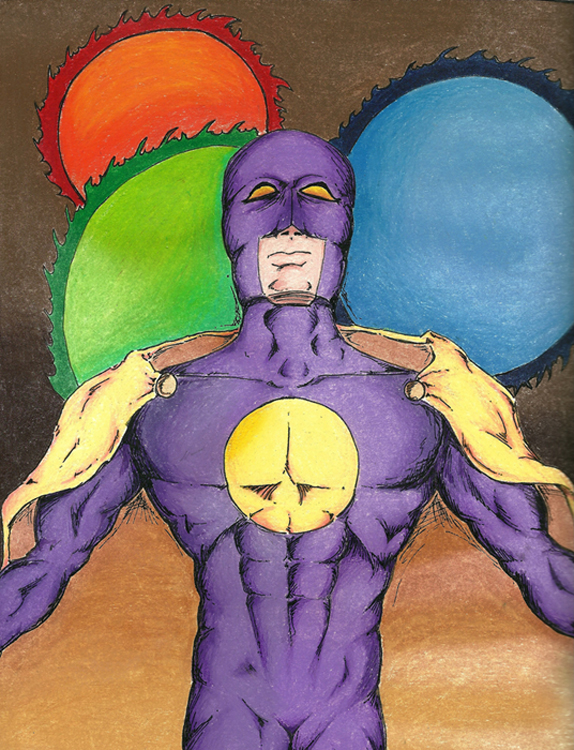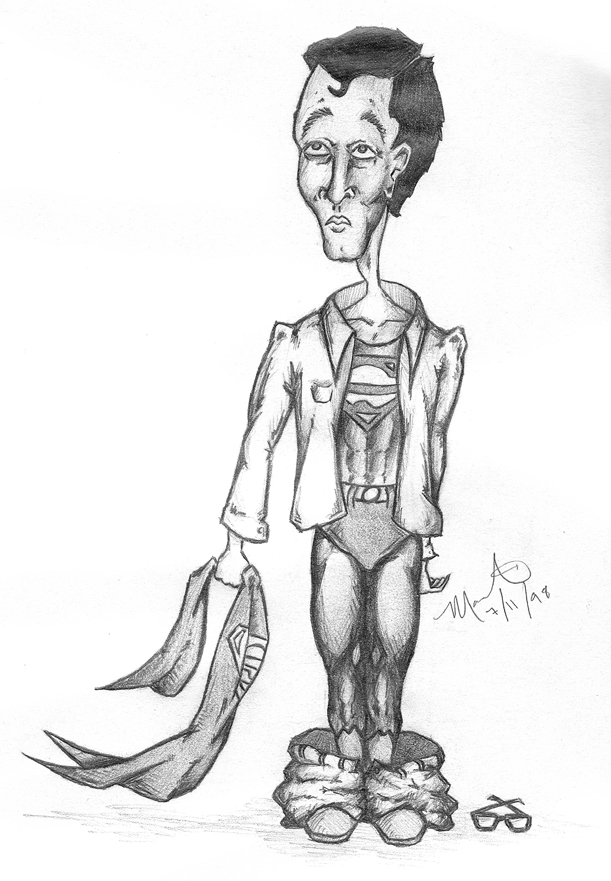For Greg's side of this story story, check out the sister post on his blog.
For as much as I love movies, the biggest challenge for me in this adaptation process is thinking of my story, Inside the Outside, in cinematic terms. On the one hand, this comes relatively naturally to me, in so far as that my imagination has always been most stimulated by visual cues.
As a kid, I loved comic books and, thankfully, Greg had an infinite collection of DC and Marvel comics (primarily from the mid-to-late 1970s) to keep me occupied for years and years. While reading had always come very easily to me, I didn’t think about reading comic books as reading in the traditional sense. I was reading the action in the artwork, following the narrative from one frame to the next; the words were simply there to offer information where an illustration just wouldn’t do.
And so for the great majority of my childhood, I wanted to be a comic book artist when I grew up. I also wanted to write my own stories, which is interesting considering I didn’t do much writing or think of myself as a storyteller.
As I grew older and continued practicing my craft as an artist, I found myself becoming increasingly frustrated that my artistic abilities could never quite sync up with the images I saw in my head. In my head, I could create entire movies, but, when I sketched, my pictures looked like a kid exercising a hobby. It wasn’t until I discovered my love of writing and storytelling, without the pictures, that I’d finally found the perfect medium for my imagination. With words, I could paint a precise picture of the stories in my head. And not just visually. With words, I could also create moods and emotions.
So, again, adapting my novel into a screenplay should, it would seem, be a natural fit. But the first challenge I ran into was when Greg and I were working out the physical layout of the Divinity’s compound. For me, I always saw it in relatively abstract terms. There were small dwellings and trees and dirt and a long road that led in or out. It wasn’t until Greg started trying to map it out for the screenplay that I realized I hadn’t given much thought to the actual layout.
Of course, it made sense that we should do this, as eventually people with skill sets that I don’t have will need to be able to actually construct a physical representation of my vision. But, in novel writing, I can get away with using a few precise words to start an image, while allowing for the reader to fill in the blanks with their imagination. In screenwriting, there is no such luxury. If it is to be seen or heard, it is up to us to articulate that on the page.
We did eventually work it out—and, by “we,” I mean Greg. I was little more than a cheerleader, as Greg, using books and notepads, worked out where the Main Dwelling was in relation to the Sustenance Dwelling and the long dirt road and so on and so forth. We eventually got the geography of the Divinity worked out and were thankfully able to move on to my comfort zone: Storytelling.
NEXT TIME: Making the hard decisions of which characters and scenes to keep and which to get rid of. Also, I tell you what it’s been like not only to re-imagine my story for the screen, but also to invent new scenes that don’t exist in the book.


